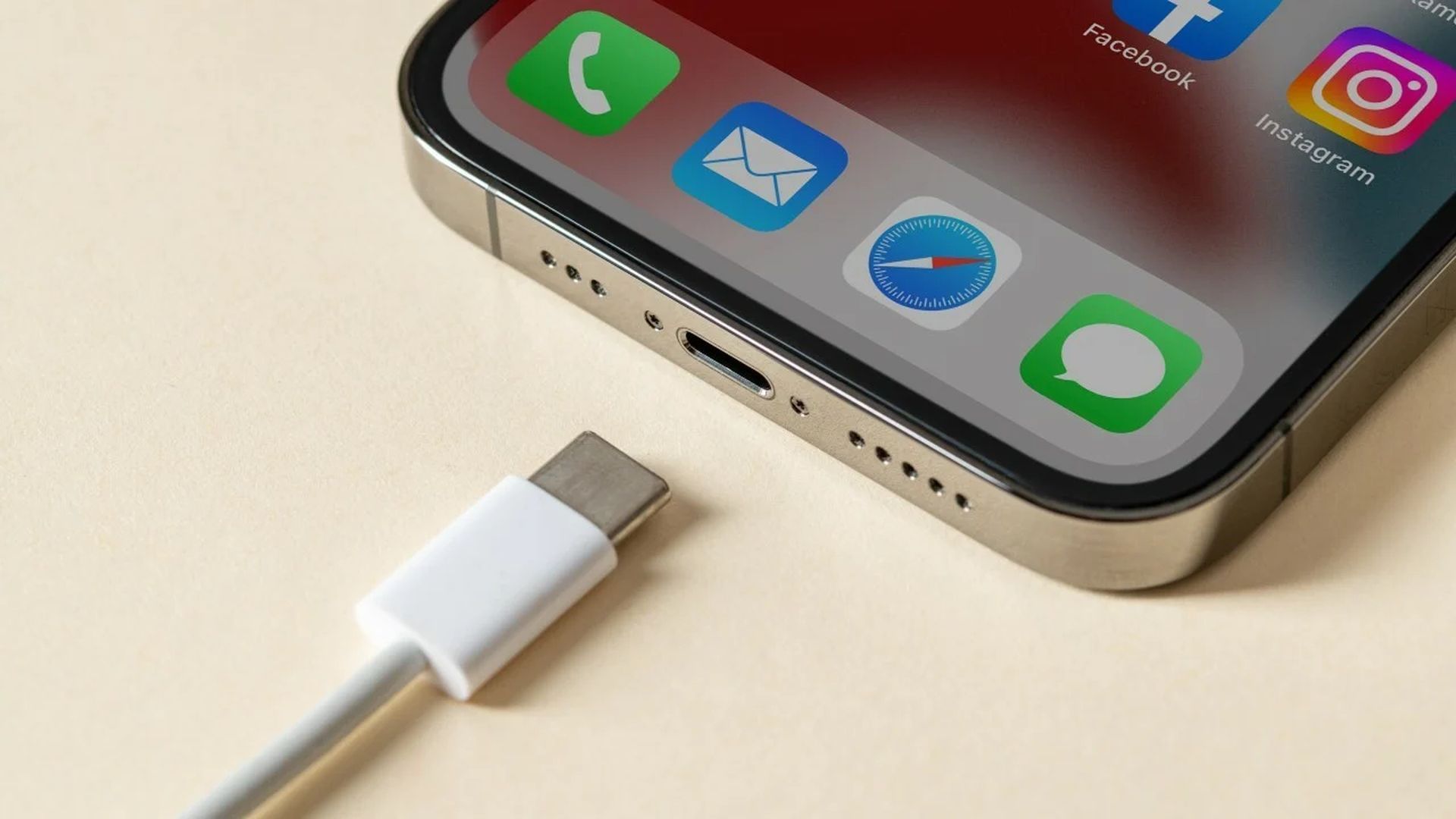That is one of the most popular Google searches worldwide, most Apple users suffer from thesame problem: iPhone charging port not working.
iPhone charging port not working: How to fix it?
If you’re having trouble charging your iPhone, or if the charging port seems loose and won’t hold onto headphones or other accessories, there are a few possible causes and solutions to consider.
- Update or hard reset your phone
- Check if there’s physical damage on your device
- Check if your charging cable is damaged
- The power point might be broken
- Check if there’s debris into the port
- Use wireless charging instead
- Water damage can cause such issues
- Go to a technical service
Update or hard reset your phone
First try updating the device, because some patches might cause this issue.One possible solution to a loose charging port on an iPhone is to try resetting the phone’s software. This can be done by performing a hard reset, which involves holding down the on/off button and the home button for up to 30 seconds until the phone restarts and the Apple logo appears. After the phone has fully restarted, try plugging it into the charger to see if the problem has been resolved. If the charging port is still loose after trying this solution, you may need to consider other possible causes and solutions.
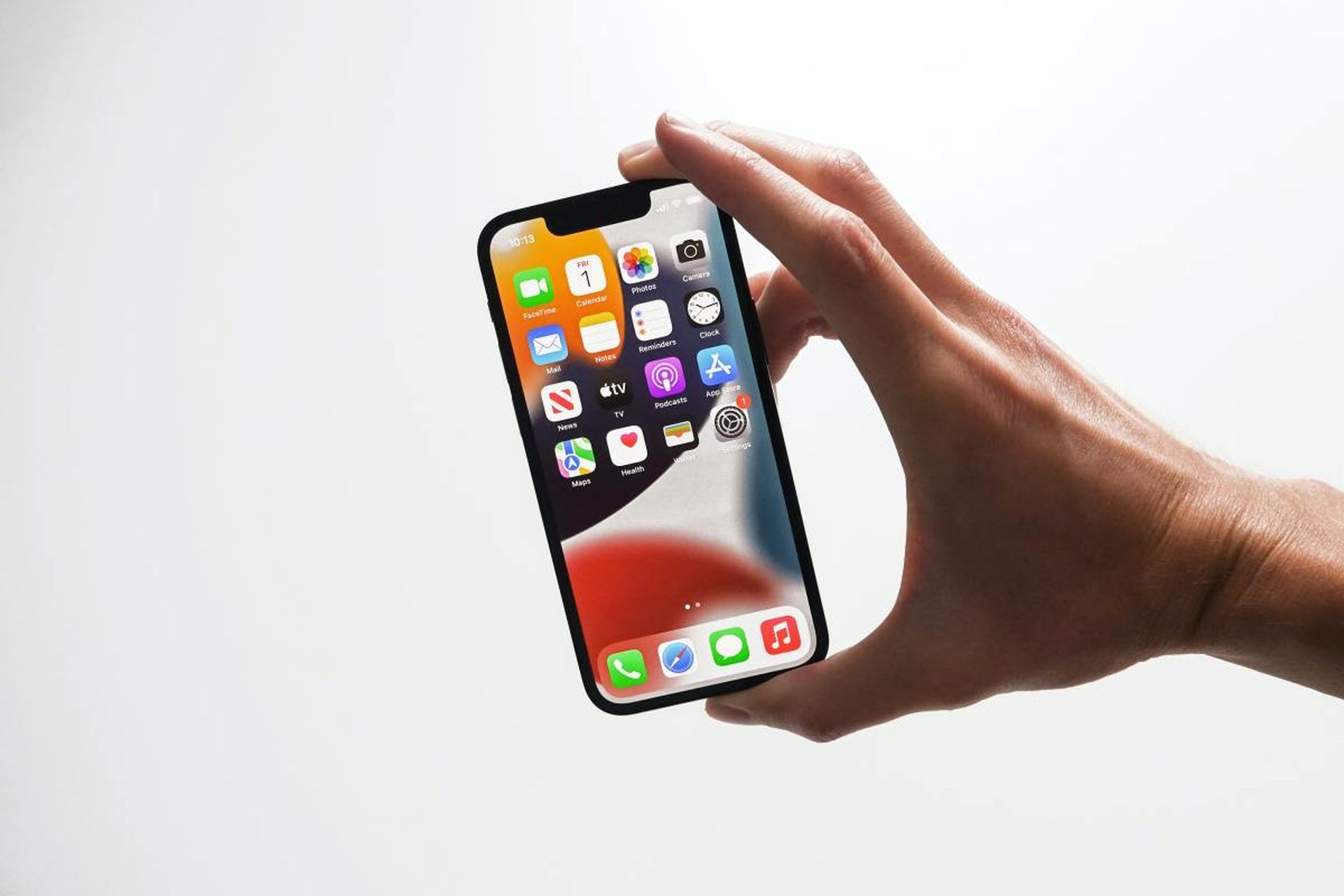
Check if there’s physical damage on your device
If you’ve dropped your iPhone, it’s possible that the impact may have damaged the charging port. If the connection between the port and the phone’s mainboard is cracked or loose, it may not work properly or only work intermittently. If your charging port issues began after a drop, even if it was a small one, this could be the cause of the problem.
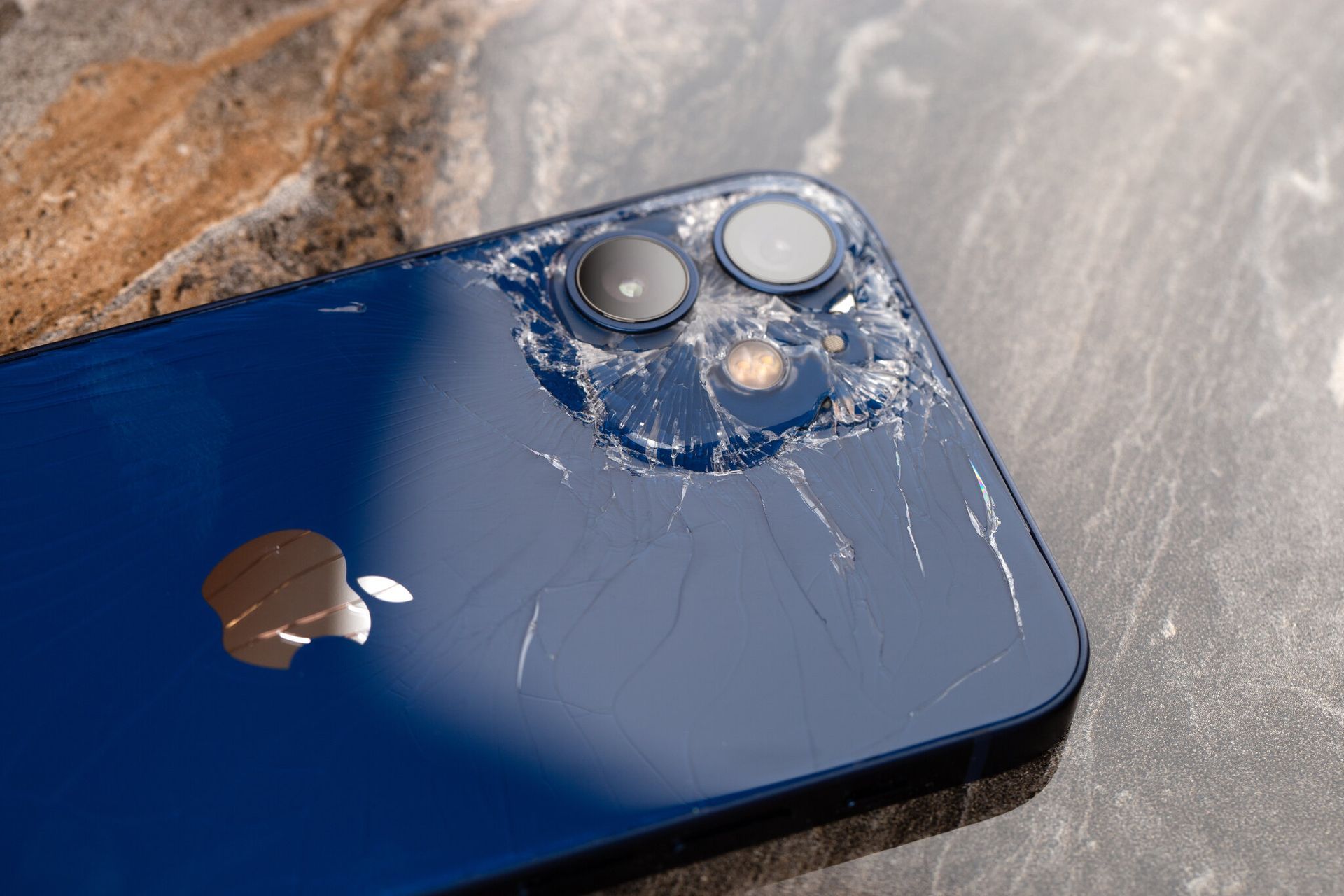
Check if your charging cable is damaged
To troubleshoot possible problems with your charging port, you should first check the Lightning Cable for visible damage to the cord or connector. If you find any damage, you may need to replace the cable. If the cable appears to be in good condition, try using it to charge your iPhone from a computer’s USB port. If this doesn’t work, it may be the source of the problem. It’s also worth noting that non-Apple brand cables may be more prone to wear and tear and may not work as well as Apple-branded cables.
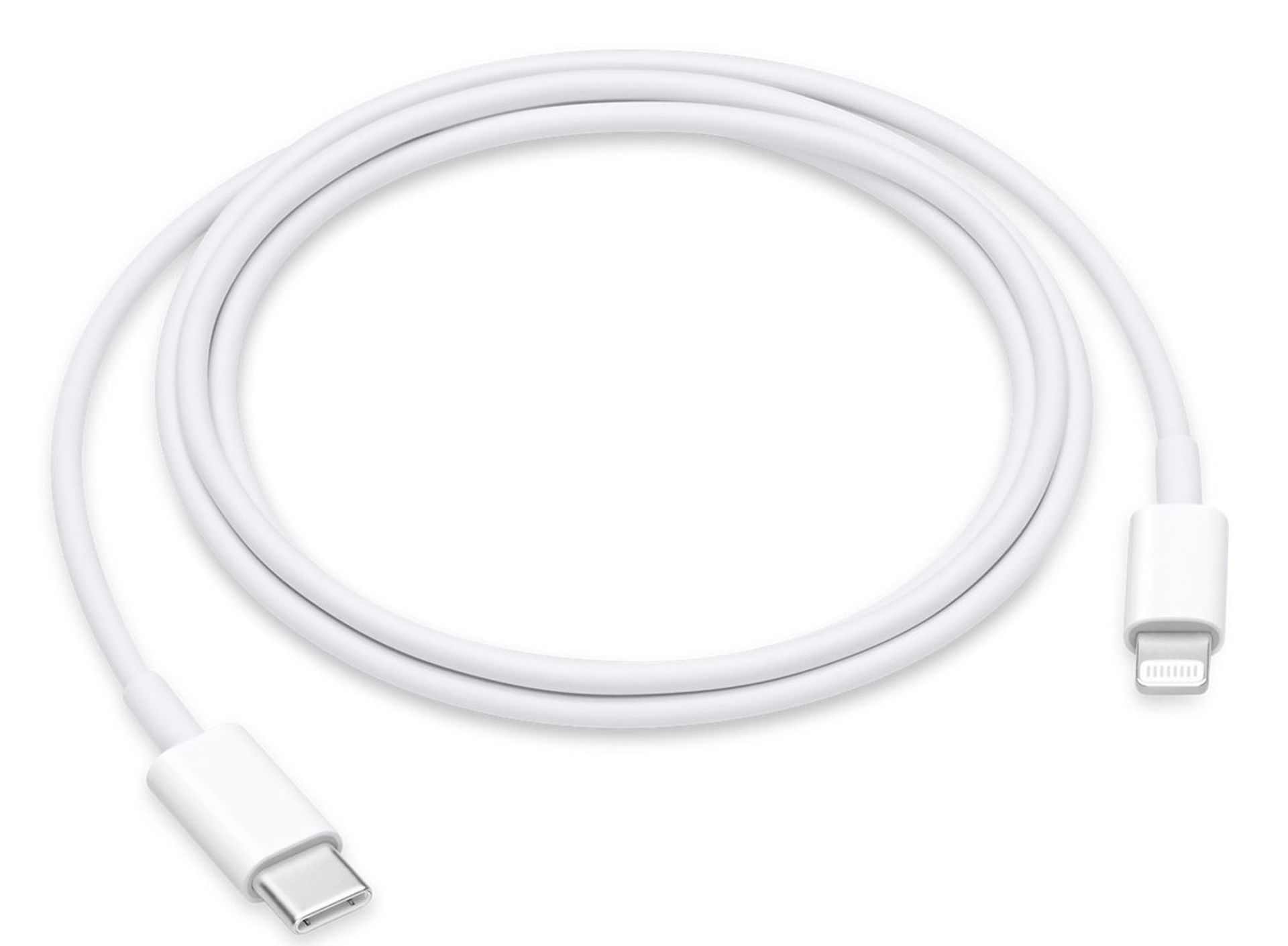
The power point might be broken
If the first three methods for troubleshooting a loose charging port on your iPhone didn’t work, it’s time to check the wall adapter. One way to do this is to try plugging it into a different outlet to make sure it’s functioning properly. If the outlets in your home or apartment are all working, you can also try using a different Lightning Cable to see if that resolves the problem. If the charging port is still loose and both cables produce the same result, it’s likely that the wall adapter is faulty.
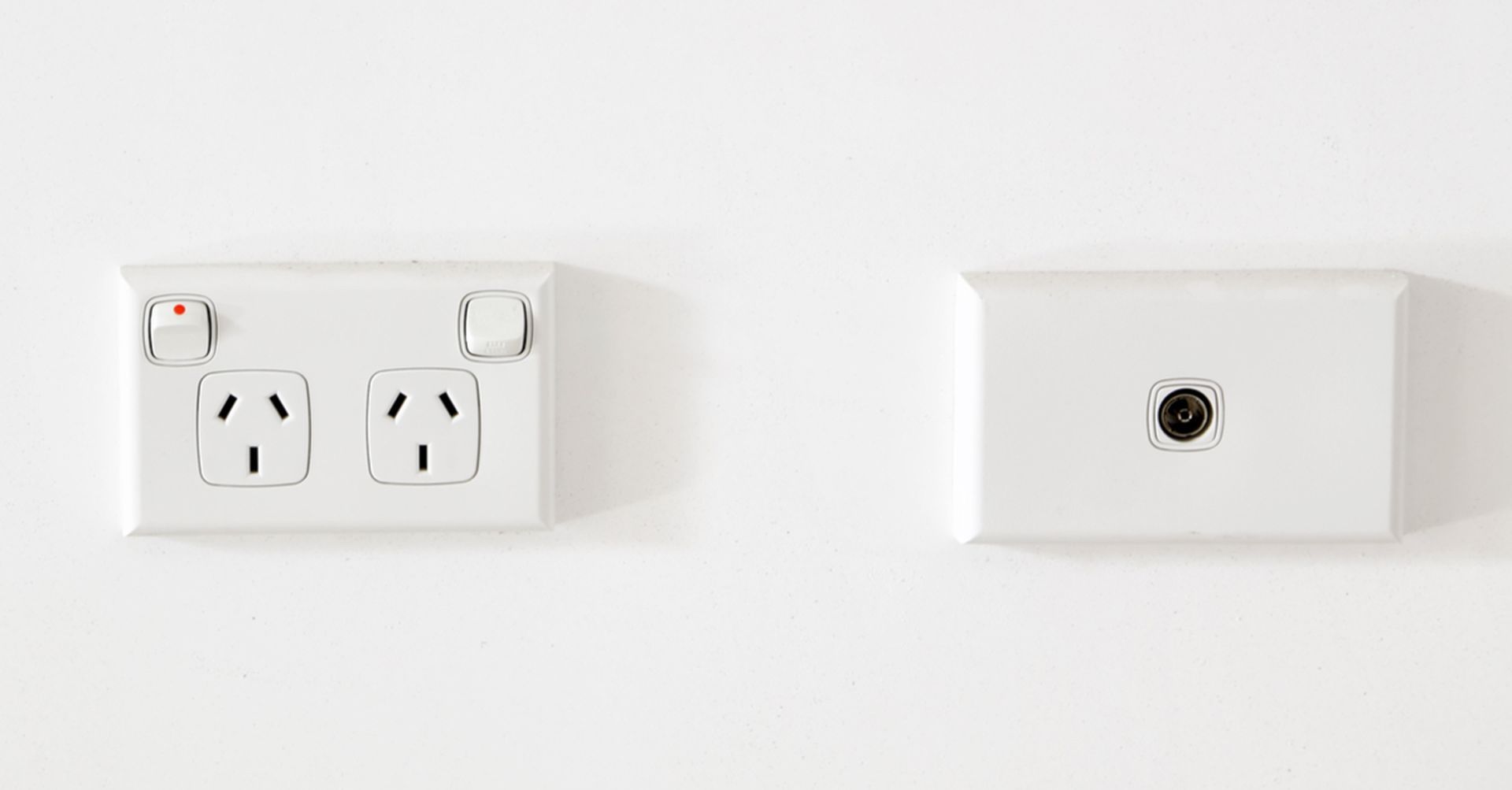
Check if there’s debris into the port
If none of the previous methods for troubleshooting a loose charging port on your iPhone have worked, it’s time to take a more technical approach. The charging port is often the cause of charging problems, so it’s worth checking for visible debris such as lint or gunk in the port. If you can’t see any debris, it’s possible that it’s hidden where you can’t see it. In either case, you may need to remove the debris in order to get the port working properly again.
A common cause of a loose feeling charging port on an iPhone is the accumulation of debris in the port. Each time you insert the cable, you may push small particles into the port. As these particles build up over time, the connection between the cable and the port becomes shallower, causing the cable to feel loose. Eventually, the electrical connection may not be reliable or may not make contact at all due to the reduced depth of the port.
Fortunately, you can typically fix this at home. Many guidelines suggest using a can of compressed air, but we’ve discovered that this isn’t very successful and that there’s a chance that it will lead to water condensation inside the port. Instead, gently remove the debris from the port’s back using a thin wooden toothpick or plastic toothpick. Clean out the port as much as you can while working carefully around it.
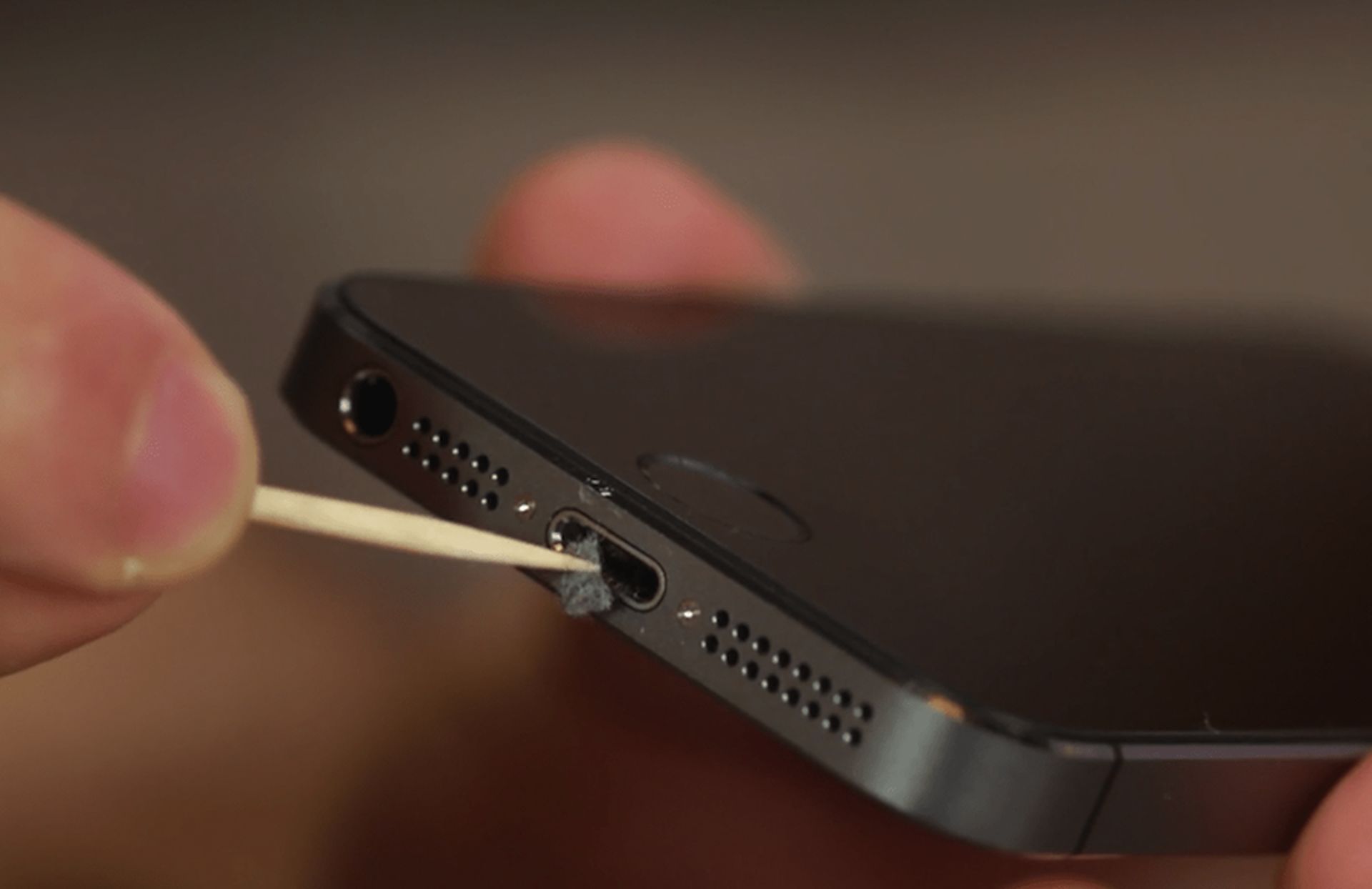
This also applies to Android smartphones like the Samsung Galaxy or Google Pixel as well as USB ports on Apple’s iPad Pro tablets. But pay attention to the flexible central connector tab in the port’s centre. It can withstand a small amount of flex as you insert the toothpick, but if the toothpick is too thick, it could harm this part. Round wooden toothpicks work better for this task than plastic ones that resemble blades.
Never clean the port with a metallic implement, like a metal pin. You run the danger of shorting the pins in addition to physically harming your port.
Use wireless charging instead
Apple has made wireless charging a feature of iPhones since the release of the iPhone 8. You can use a wireless charger to keep your iPhone charged while you wait to buy a new phone or find the time and money for a repair, though it isn’t a long-term fix if your Lightning connector is giving you problems. If you’re still using an iPhone 7 or an older model, sadly, this won’t be an option for you.
These days, the Lightning connector is only ever utilized for charging because its data transmission rates are so poor that they are no longer useful. The only thing you’ll give up by using the wireless charging feature is a little amount of charging speed, and of course, if you don’t already have one, you’ll need to buy a charging pad—but these days, charging pads are relatively affordable.
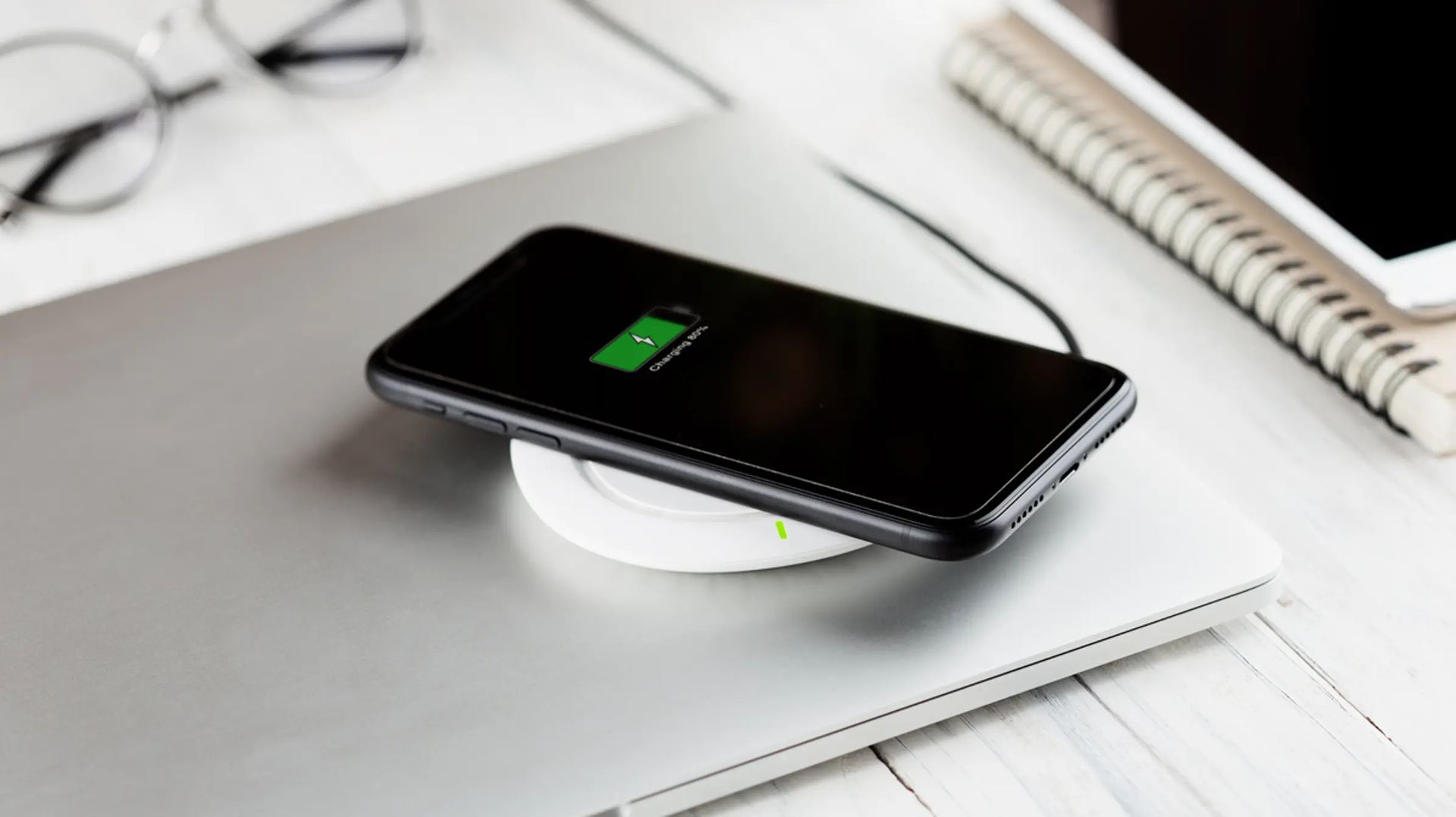
Water damage can cause such issues
Even though the port on contemporary iPhones is rated as being highly water resistant, that grade is only given after testing with distilled water. Contaminants in tap water, precipitation, and seawater can corrode your port on the inside. The port on your iPhone may lose electrical conductivity and physical integrity if it has been exposed to corrosive substances, which could cause a loose grip.
The answer? It’s advisable to have your phone examined by a specialist. Long-term exposure to liquids like seawater can harm your body. There’s a good likelihood that the liquid that damaged your port has also gotten into other areas of the phone. A specialist can examine several areas of the phone’s mainboard to see if rust is visible, and he or she can then give you advice. Corrosive damage is typically expensive to repair.
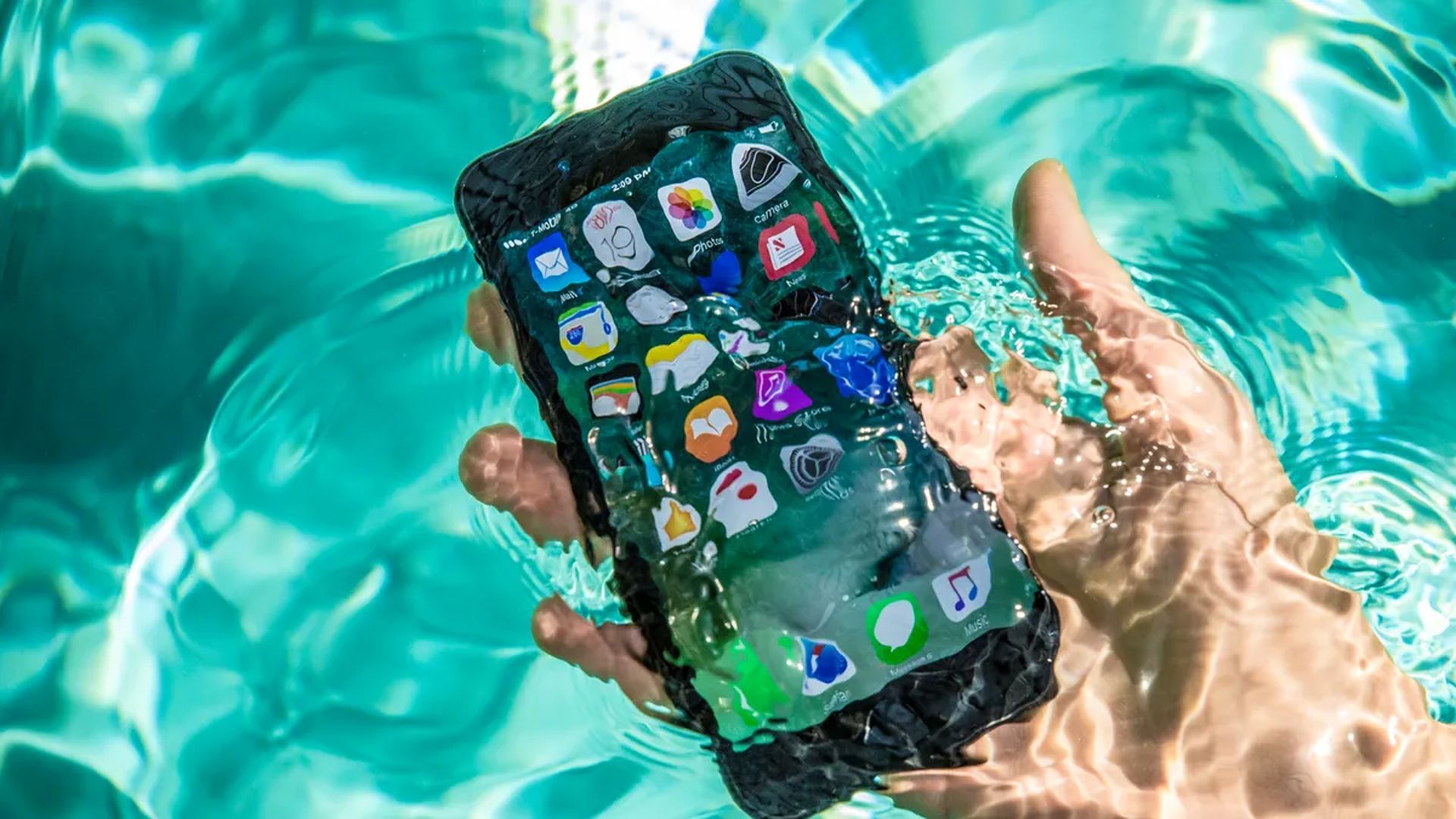
Go to a technical service
If your port is broken, loose, faulty, or otherwise beyond salvation, the next step is to take it to a professional repair shop for a charging port repair or replacement with a brand new port. Taking an iPhone apart requires special tools, and removing and replacing a port has to be done by a qualified person.
Apple has started offering a DIY self-repair service where you can rent the tools to take apart the new iPhone 12s or iPhone 13s to perform common repairs such as battery replacements or screen repairs. Sadly, older phones like the iPhone 11 or still-popular iPhone 6 aren’t supported for DIY repair, but in any event, Lightning port replacement is not included, and this is not something you fix at home on a kitchen table.
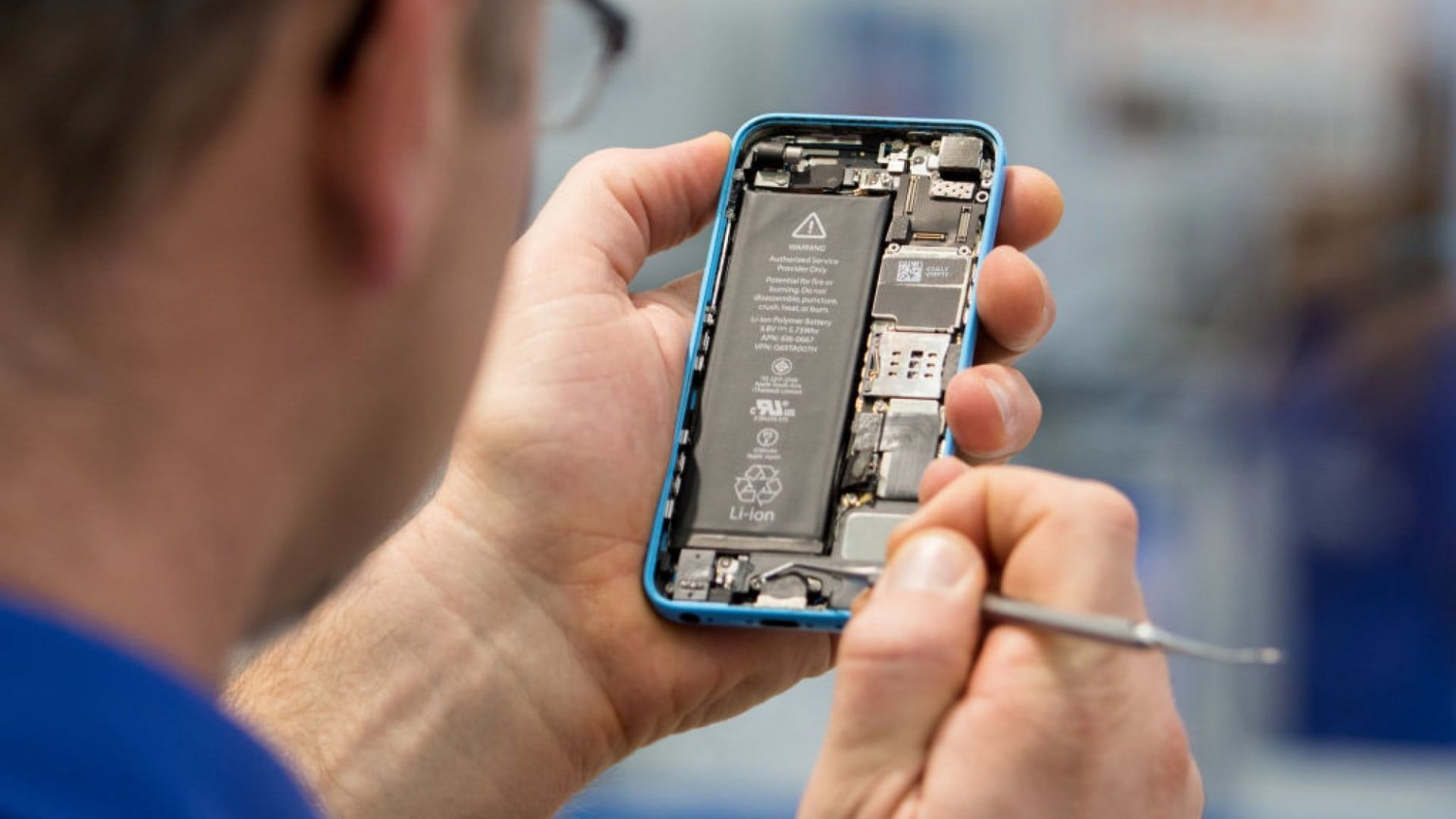
Conclusion
If your iPhone’s charging port is not working, there are a few different potential causes and solutions to consider. You can try resetting the phone’s software by performing a hard reset, or you can check the charging cable and wall adapter for visible damage.
If there is no visible damage and the charging port is still not working, it may be due to the accumulation of debris in the port. You can try cleaning out the port using a thin wooden or plastic toothpick to remove the debris. If none of these methods are successful, it may be necessary to bring the phone to a professional for repair or replacement of the charging port.
By the way, if your iPhone’s torch is not working we have a special guide explaining how to fix it!

